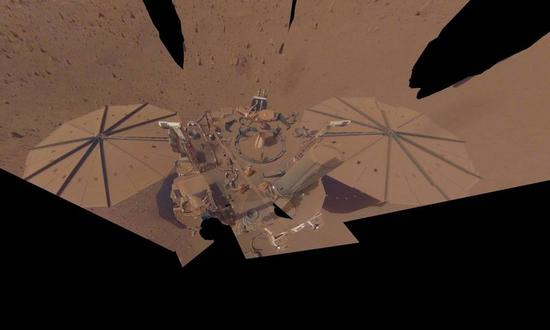
Photo taken on April 24, 2022, on Mars shows NASA's InSight Mars lander covered with dust. (Photo credit: NASA)
NASA's InSight lander has ended its mission after more than four years of collecting unique science on Mars, NASA announced on Wednesday.
Mission controllers at the agency's Jet Propulsion Laboratory in Southern California were unable to contact the lander after two consecutive attempts, which led them to conclude the spacecraft's solar-powered batteries had run out of energy - a state engineers refer to as "dead bus."
NASA had previously decided to declare the mission over if the lander missed two communication attempts.
The last time InSight communicated with Earth was on Dec. 15, according to NASA.
InSight was launched in May 2018 to study the deep interior of Mars. It touched down safely on the Red Planet in late November 2018, marking NASA's first Mars landing since the Curiosity rover in 2012.
InSight has detected over 1,300 marsquakes, and made countless scientific discoveries in the past more than four years, according to NASA.
The marsquakes, including quakes caused by meteoroid impacts, help scientists determine the age of the planet's surface.
Data from the highly sensitive seismometer carried by InSight provides scientists a way to study the planet's crust, mantle, and core, according to NASA.
"With InSight, seismology was the focus of a mission beyond Earth for the first time since the Apollo missions, when astronauts brought seismometers to the Moon," said Philippe Lognonné, principal investigator of InSight's seismometer. "We broke new ground, and our science team can be proud of all that we've learned along the way."
The seismometer was the last science instrument that remained powered on as dust accumulating on the lander's solar panels gradually reduced its energy.
"From measuring marsquakes to detecting meteoroid impacts, InSight gave us a unique perspective of the Red Planet. While the lander may no longer be operational, we'll continue learning about Mars with the data it has left us," NASA tweeted.
























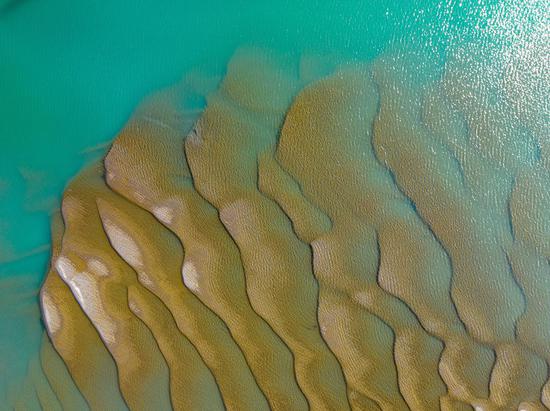






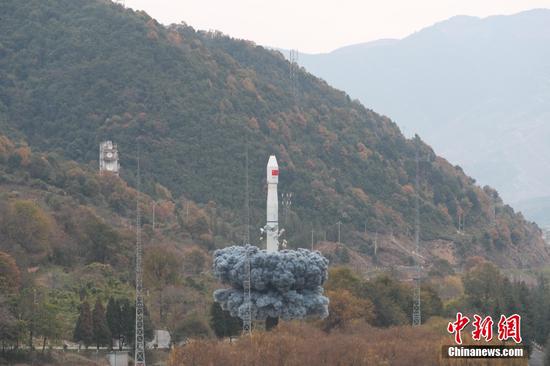


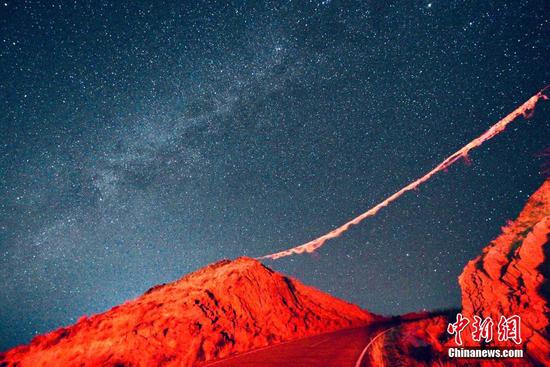
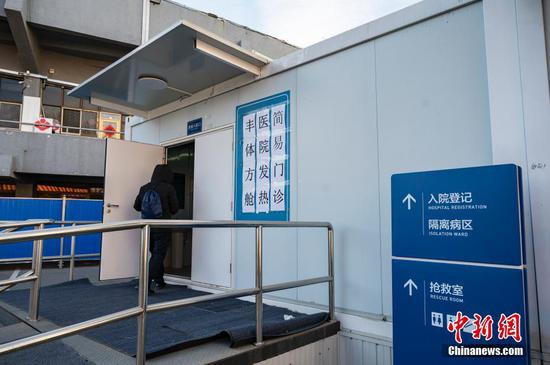

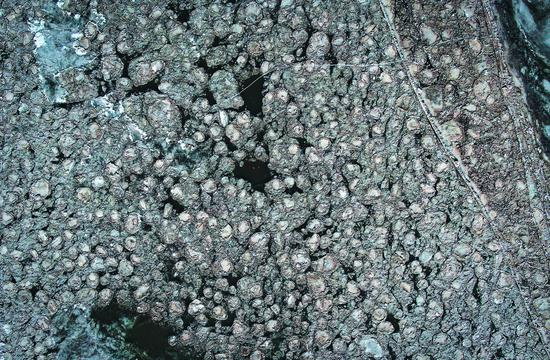






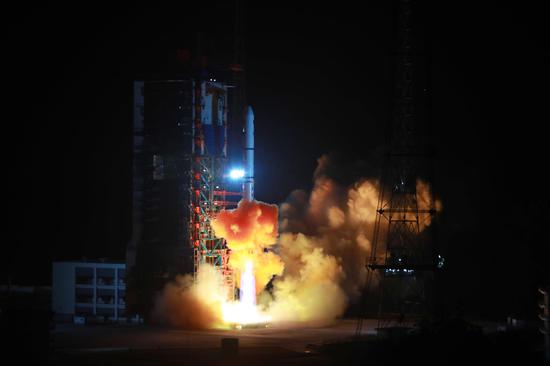

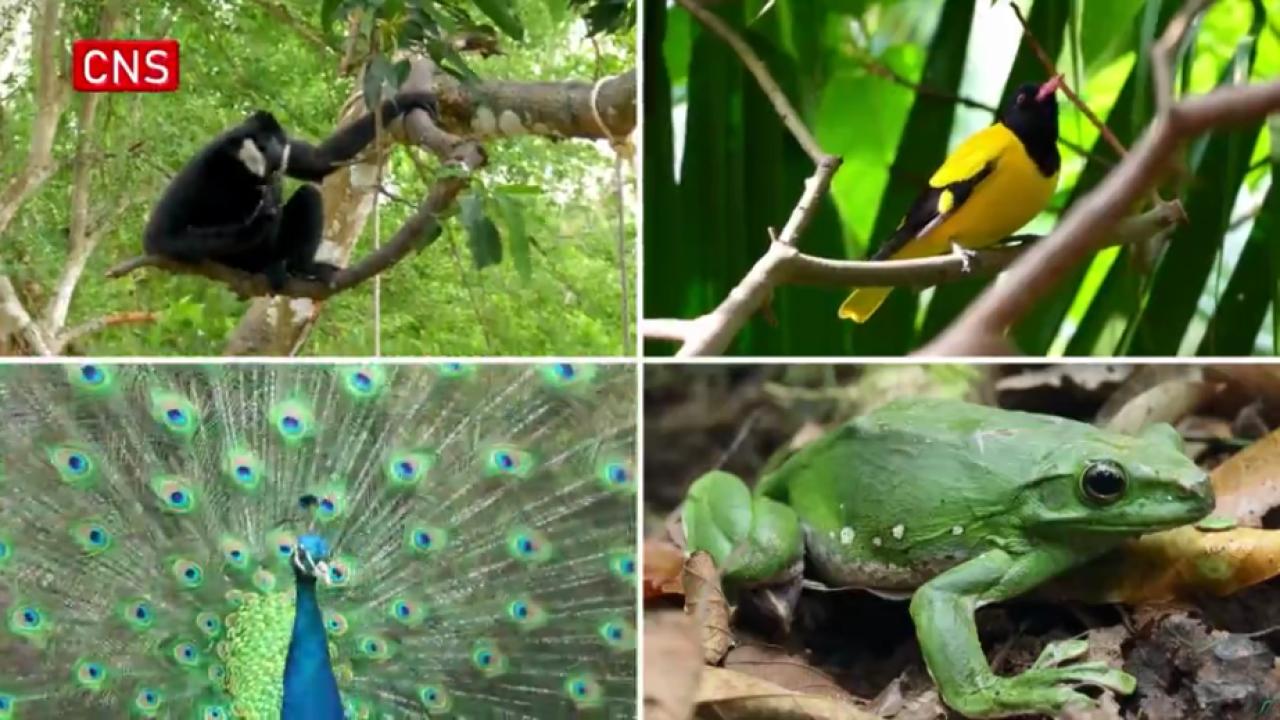



 京公网安备 11010202009201号
京公网安备 11010202009201号